Tactical dog harnesses offer enhanced control, comfort, and safety for active dogs and their handlers during outdoor adventures or specialized tasks. Made from durable materials like nylon or leather, they feature sturdy D-rings, padded straps, and a strong chest belt for even pressure distribution. Suitable for various activities including training, hiking, search and rescue, and military operations, these harnesses come in different sizes and styles to fit diverse breeds and activity levels. Regular fitting adjustments, proper care, and training ensure optimal comfort and control for both dog and handler.
Unleash your dog’s potential with a tactical dog harness—a versatile tool for control, comfort, and safety during various activities. This comprehensive guide dives into the world of tactical harnesses, equipping you to make an informed choice. We explore their benefits, key components, fitting techniques, training tips, and real-world applications. Learn how to navigate challenges and select durable, comfortable materials, ensuring a harmonious partnership with your canine companion.
Understanding Tactical Dog Harnesses: A Basic Overview
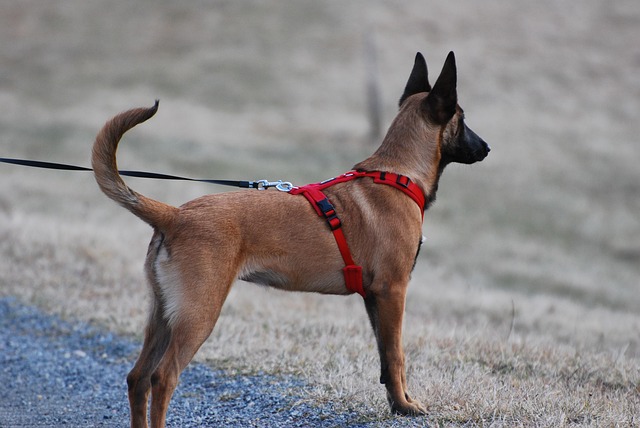
Tactical dog harnesses are designed for active dogs and their handlers, offering enhanced control and comfort during various activities. Unlike standard collars or harnesses, tactical models incorporate features like a sturdy D-ring for leash attachment, padded shoulder straps, and a strong chest belt to distribute pressure evenly. This makes them ideal for high-intensity training sessions, outdoor adventures, or even military applications.
These harnesses are typically made from durable materials such as nylon or polyester, ensuring they withstand rigorous use. The design focuses on functionality, providing easy put-on and take-off access while allowing handlers to maintain firm control over their pets. Tactical dog harnesses come in various sizes and styles, catering to different breeds and activity levels, making them a versatile choice for pet owners engaging in active lifestyles with their four-legged companions.
Why Choose a Tactical Dog Harness? Benefits and Use Cases

A tactical dog harness is an excellent choice for pet owners who prioritize control, safety, and versatility during outdoor activities. Unlike traditional harnesses, these are designed with specific tasks in mind, offering enhanced handling capabilities and comfort for both dogs and their handlers. The primary benefit lies in its functionality; tactical harnesses often feature sturdy construction with durable materials, ensuring they can withstand rigorous use. This makes them ideal for various activities like hiking, search and rescue missions, or even everyday walks in dynamic environments.
Use cases for a tactical dog harness are diverse. Dog trainers and professionals in the animal care industry find them useful for training purposes due to their ability to provide firm yet controlled guidance. Additionally, owners of active breeds or working dogs appreciate the extra security and control offered by these harnesses during high-energy activities. The strategic design allows handlers to have better access to their dog’s body, enabling precise movements and quick responses in unpredictable situations.
Key Components of an Effective Tactical Dog Harness

A tactical dog harness is a specialized piece of equipment designed for controlled handling and mobility, especially useful in military, search and rescue, or law enforcement operations. Its key components ensure both effectiveness and safety during rigorous activities. The first essential element is a robust and durable construction using high-quality materials like nylon or leather. This guarantees longevity and resistance to wear and tear, crucial when operating in challenging environments.
Additionally, a well-designed tactical harness features adjustable and secure fastening systems. These allow for a custom fit, ensuring the dog’s comfort while enabling easy donning and doff. Integrated handle points and D-rings facilitate precise control and connection of leash or gear, enhancing the handler’s ability to navigate through complex situations.
How to Properly Fit Your Dog for a Tactical Harness
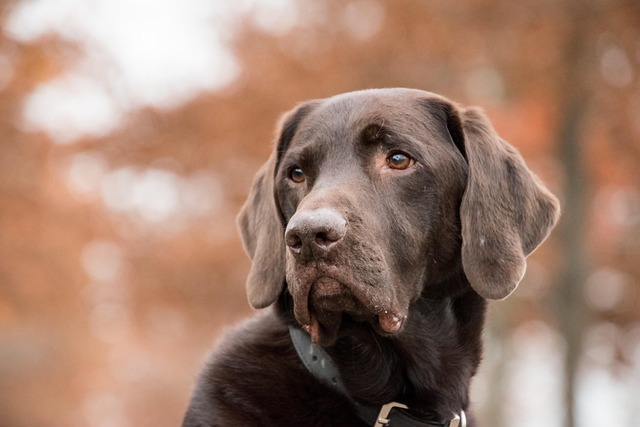
Fitting your dog for a tactical harness is an essential step to ensure comfort and safety during activities like hiking or urban exploration. Start by selecting a harness designed specifically for dogs, typically made from durable materials like nylon or leather. The harness should have multiple adjustment points, allowing you to customize it to your dog’s unique body shape. Securely fasten the harness around your dog’s chest and belly, ensuring it fits snugly but not tightly. Avoid putting pressure on their legs, as this can cause discomfort during extended wear.
Check that all buckles and straps are securely fastened and lie flat against your dog’s coat. The harness should allow your dog free range of motion without restricting breathing or circulation. Regularly check the fit, especially after meals or significant weight changes, to ensure it continues to provide a secure yet comfortable hold. A well-fitted tactical harness will become an indispensable companion for all your outdoor adventures with your furry partner.
Training Tips for Positive Harness Usage with Your Canine Companion

Training your canine companion to accept and respond positively to a tactical dog harness is crucial for effective control during various activities. Start by introducing the harness as a positive experience, allowing your dog to sniff and explore it at their own pace. Reward calm behavior with treats or praise to create an association between the harness and pleasant outcomes.
Regular, short training sessions are ideal, focusing on specific commands like “put on” and “off.” Begin in a quiet environment, ensuring your dog is comfortable and relaxed before introducing distractions. Gradually increase difficulty, practicing in different settings and incorporating more complex behaviors as your dog becomes proficient in the basic commands.
Common Challenges When Using Tactical Harnesses and How to Overcome Them
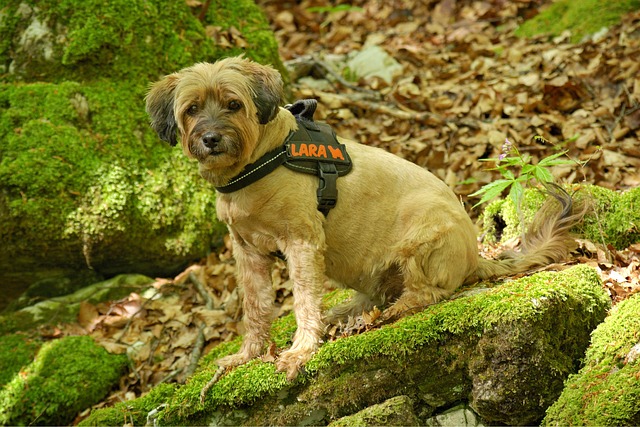
Using a tactical dog harness comes with its unique set of challenges, but understanding and addressing these issues can significantly enhance the experience for both you and your canine companion. One common problem is ensuring proper fit; tactical harnesses often feature numerous adjustment points, making it crucial to find the perfect balance between comfort and security. Proper fitting prevents chafing, discomfort, or even injury during activities like hiking or training.
Another challenge lies in managing the extra webbing and buckles that come with these specialized harnesses. This excess material can catch on objects or get tangled, especially during high-energy activities. To overcome this, regularly inspect and trim any loose threads, and consider using hardware or gear keepers to keep webbing organized. Additionally, training your dog to cooperate with the harness’s adjustments will make outings smoother and faster.
Integrating Tactical Harnesses into Different Activities and Environments
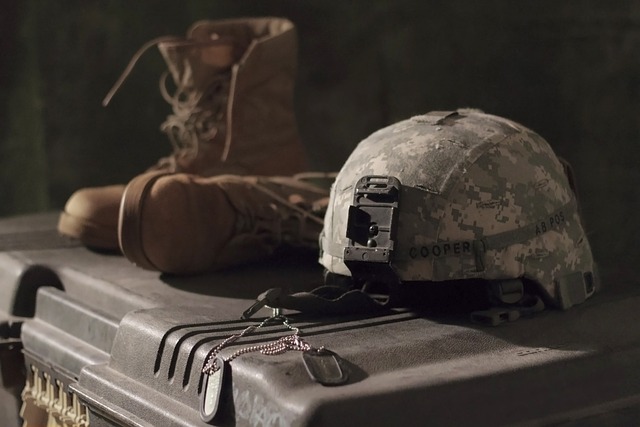
Integrating tactical dog harnesses into various activities and environments offers a versatile solution for pet owners seeking enhanced control and handling capabilities. These specialized harnesses are designed to provide strong, secure attachment points for leashes, allowing handlers greater maneuverability during dynamic situations. Whether in urban settings, outdoor adventures, or search-and-rescue operations, tactical dog harnesses offer both comfort and control for both the canine companion and their handler.
The adaptability of tactical dog harnesses is evident in their ability to seamlessly integrate into different scenarios. From hiking trails to urban streets, these harnesses provide a secure fit, ensuring the dog remains calm under pressure. Their robust construction and strategic placement of hardware enable handlers to quickly attach or detach leashes, allowing for swift responses during unpredictable events. This versatility makes tactical dog harnesses an indispensable tool for those who demand superior control and safety in their outdoor pursuits.
Choosing the Right Materials: Durability and Comfort in Tactical Dog Harnesses
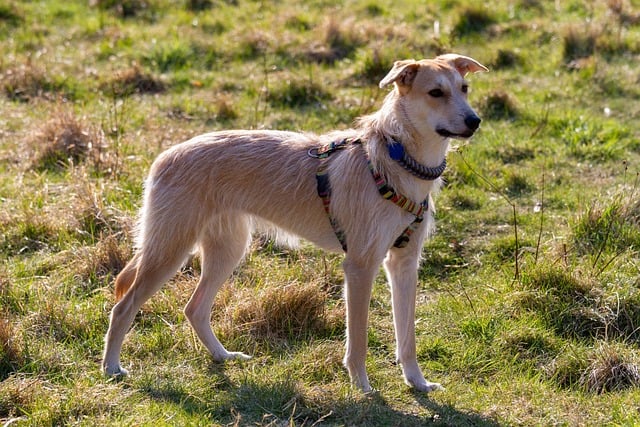
When selecting a tactical dog harness, choosing the right materials is paramount. Look for durable fabrics that can withstand rigorous activities and harsh conditions. High-quality nylon or thick leather are popular choices due to their strength and longevity. These materials ensure the harness can support your dog’s weight during intense outings while providing comfort, even under strain.
The right material also contributes to the overall durability of the tactical dog harness. Proper care and maintenance are essential, but the right fabric significantly influences how long the harness retains its structural integrity. Consider factors like weather resistance, breathability, and ease of cleaning when making your selection for a durable and functional tactical dog harness that keeps both you and your pet safe and comfortable during outdoor adventures.
Maintenance and Care Tips to Prolong the Lifespan of Your Tactical Dog Harness
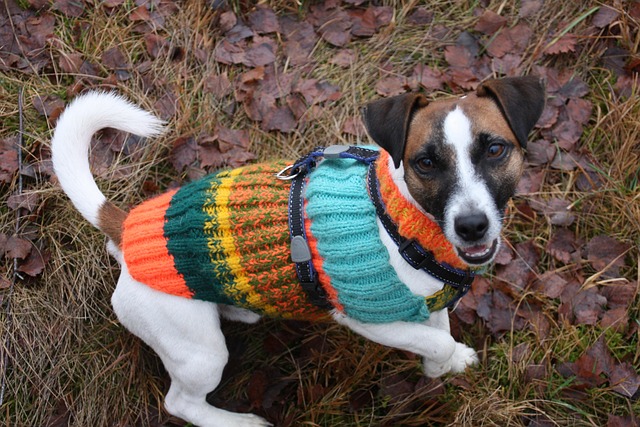
To prolong the lifespan of your tactical dog harness, regular maintenance and care are essential. Start by inspecting the harness after each use for any signs of wear, such as frayed straps or broken buckles. Promptly repair or replace any damaged components to prevent further deterioration. Next, clean the harness with a mild detergent and warm water, avoiding harsh chemicals that could harm the material. Let it air dry completely before storing it to prevent mold or mildew.
Additionally, ensure the harness fits properly and is adjusted according to your dog’s growth. A well-fitted harness reduces strain on the dog’s body and increases comfort, leading to better behavior during activities. Store the harness in a cool, dry place away from direct sunlight and extreme temperatures. Lastly, consider using a protective cover when not in use to shield it from dirt and debris, maintaining its integrity for extended tactical adventures.
